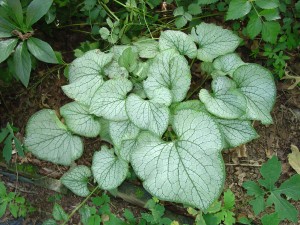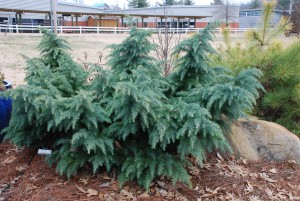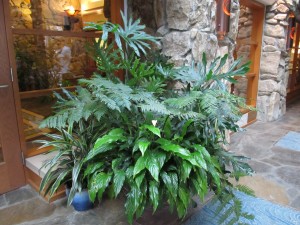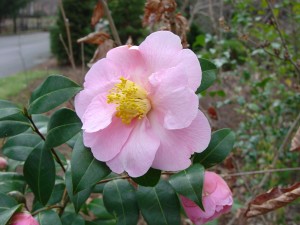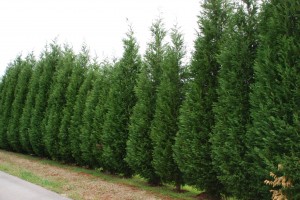
Leylands Gone Wild!
Leyland cypress (x Cupressocyparis leylandii) is a tall, fast growing evergreen tree or shrub. Many are planted as privacy screens. Ask yourself, should you really plant a 50 foot barrier between you and your neighbor(s)?
In the Southern Appalachian region (USDA hardiness zones 6 and 7), there are shorter and better evergreen choices. In the 12-16 foot category:
Boxwood (Buxus spp. and hybrids)
Plum yew (Cephalotaxus harringtonia) ‘Fastigiata’
Hinoki cypress (Chamaecyparis obtusa)
Japanese falsecypress (Chamaecyparis pisifera)
Dwarf Burford holly (Ilex cornuta ‘Dwarf Burford’)- clipped
Inkberry (Ilex glabra)
Foster holly (Ilex x attenuata)- clipped
American holly (Ilex opaca)- clipped
Nellie R. Stevens holly (Ilex x ‘Nellie R. Stevens’)- clipped
Skip laurel (Prunus laurocerasus ‘Schipkaensis’)
Yew (Taxus spp.)- upright or fastigiate forms
Eastern arborvitae (Thuja occidentalis)
Leatherleaf viburnum (Viburnum rhytidophyllum)
Prague viburnum (Viburnum x pragense)
Leyland cypress is susceptible to three serious canker diseases, in which pruning is the principal curative remedy. Leyland is also susceptible to bagworms. Their enormous growing height makes pesticide spraying and pruning options almost impractable and costly.
From the start, don’t plant leylands closer than 12 feet apart (recommend 16 feet spacing). Plants will touch within 4 years after planting. During the first three summers, young leylands require deep watering as they’re not drought tolerant. A 2-3 inch mulching depth in the row aids in conserving soil moisture.

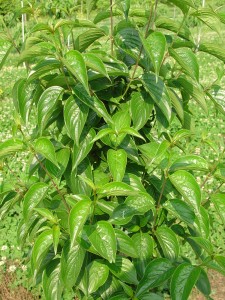
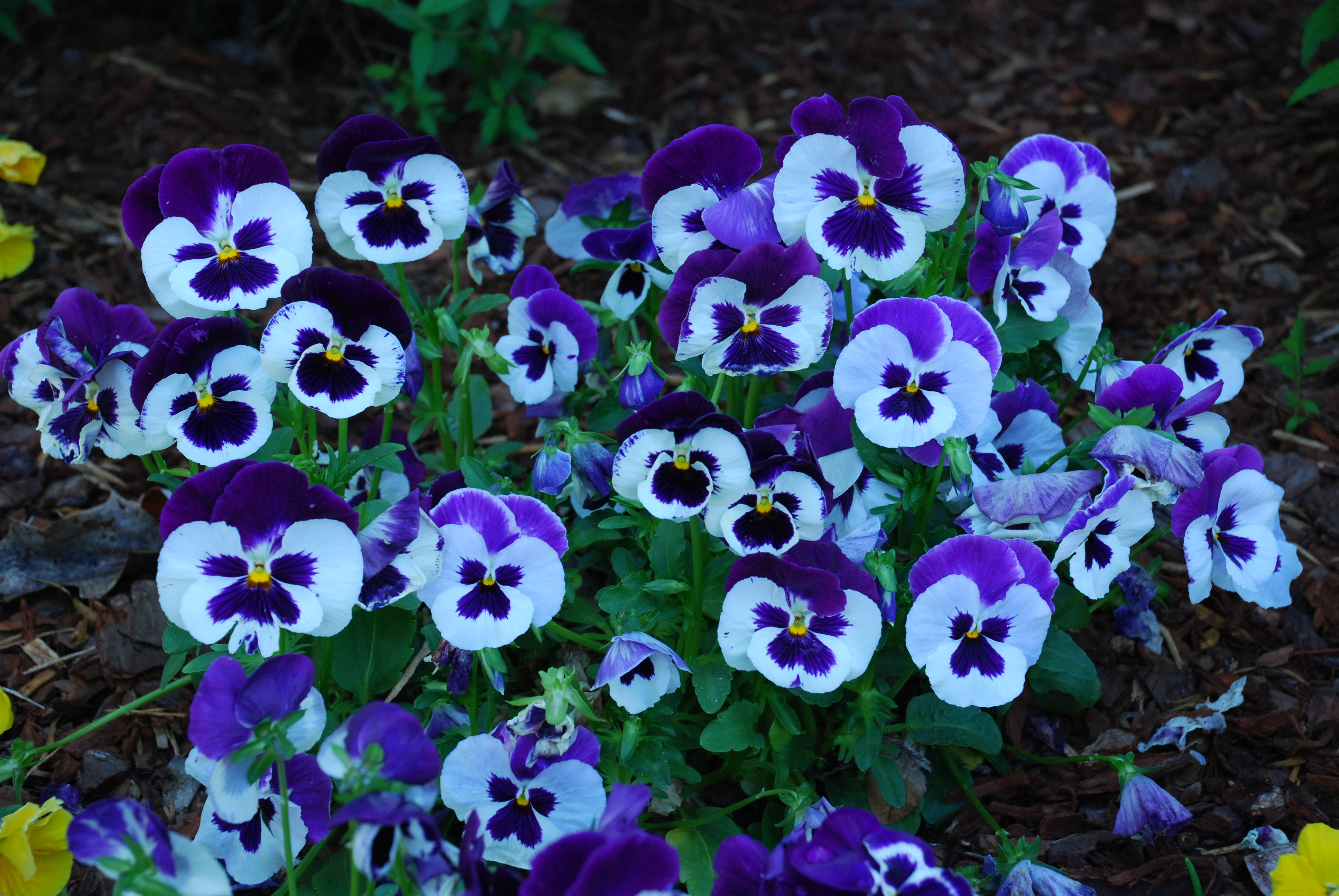
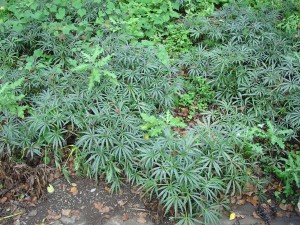
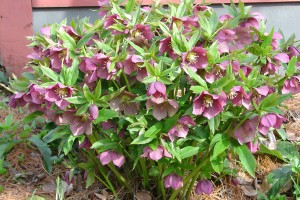
![Hydrangea querc'RubySlippers']](https://whatgrowsthere.com/grow/wp-content/uploads/2011/01/Hydrangea-quercRubySlippers-300x218.jpg)
